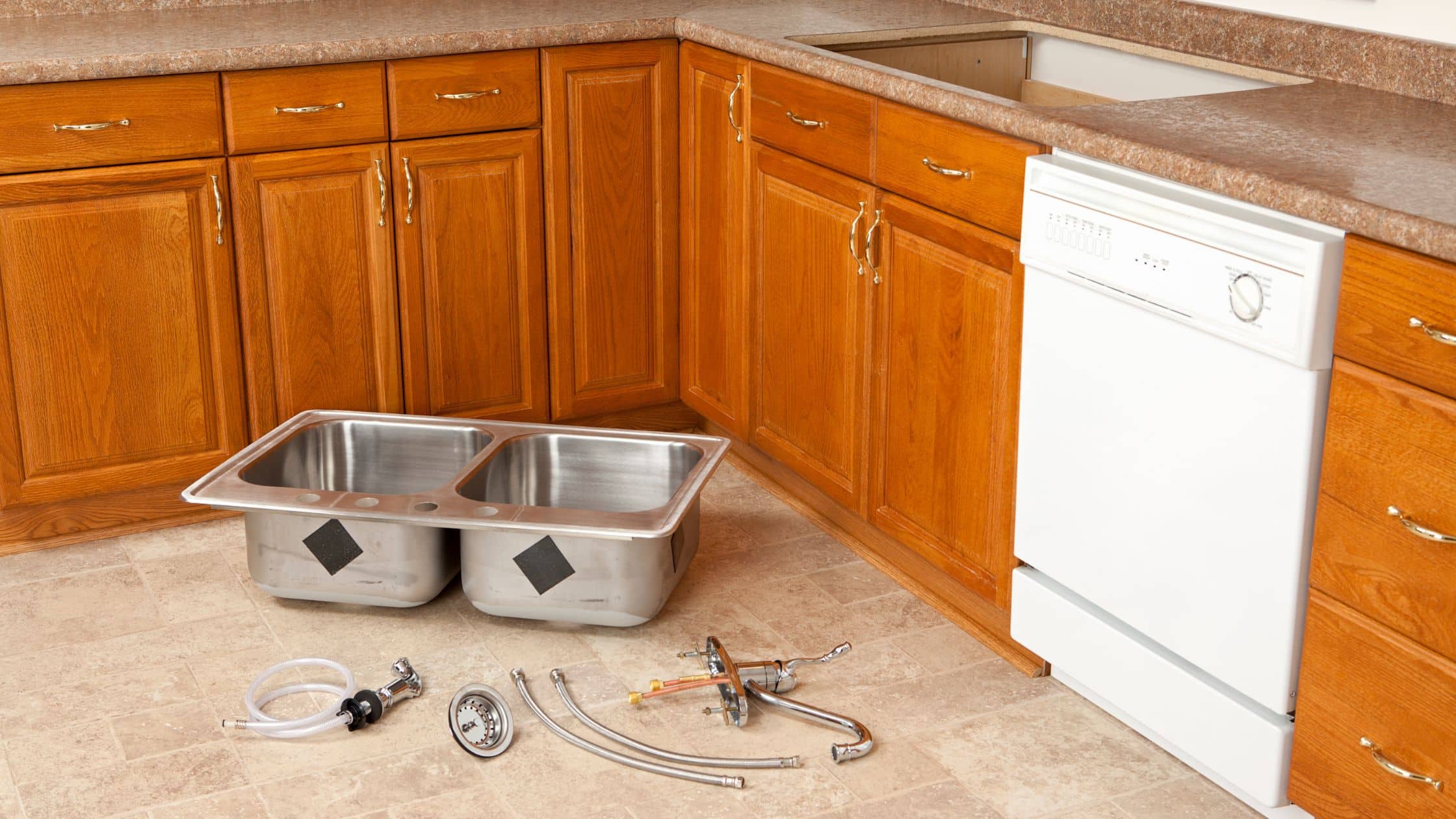
How to Remove an Old Bathroom Faucet Without Damaging the Sink
To remove an old bathroom faucet without damaging the sink, shut off the water, disconnect the supply lines, loosen mounting hardware from underneath, and lift the faucet carefully to avoid scratching or cracking porcelain or granite. Using the right tools and a gentle touch is key to protecting your sink.
How to Remove an Old Bathroom Faucet Without Damaging the Sink
Introduction
Replacing an old faucet should be a simple job — until you find yourself wedged under the sink, fighting rusted nuts and stuck supply lines. Worse, one wrong move could chip your porcelain or crack a fragile top-mount sink. In this guide, we’ll walk you through how to safely remove a bathroom faucet step-by-step, protecting both your sink and your sanity.
Whether you’re upgrading to a modern faucet or prepping for a full vanity install, these tips will help you avoid common damage during faucet removal.
🧰 What You’ll Need:
-
Bucket or towel
-
Pliers
-
WD-40 or penetrating oil
-
Putty knife or plastic scraper
-
Teflon tape (for reinstallation)
-
Safety glasses and gloves
Step 1: Shut Off the Water Supply
Look underneath the sink for the hot and cold shutoff valves.
-
Turn both valves clockwise until they stop.
-
Open the faucet to drain any remaining water.
-
Place a bucket or towel underneath to catch drips.
Tip: If there are no shutoff valves under the sink, shut off the main water supply to the house before proceeding.
Step 2: Disconnect the Water Supply Lines
Use a wrench to loosen the compression nuts connecting the supply lines to the faucet.
-
If the lines are old or stuck, a squirt of penetrating oil can help.
-
Be gentle — avoid yanking or over-torquing, especially on porcelain sinks.
Caution: Some supply lines are fragile or brittle with age. Hold the valve steady with one wrench while turning the nut with another to avoid damaging the plumbing.
Step 3: Loosen Mounting Nuts Under the Sink
Reach up behind the sink basin where the faucet connects to the counter or sink top.
-
Use a basin wrench if space is tight.
-
Turn mounting nuts counterclockwise to loosen.
-
Some faucets also have brackets or washers — keep track of parts for reference.
Tip: Spray stuck nuts with penetrating oil and give it a few minutes before trying again.
Step 4: Cut Through Old Sealant or Caulk
Once the faucet is loose, check the base where it meets the sink:
-
Use a utility knife to score any silicone or plumber’s putty.
-
Carefully pry around the base using a putty knife or plastic scraper.
Important: Avoid using metal tools directly on the sink surface. For porcelain or natural stone, even light scratches are hard to repair.
Step 5: Remove the Faucet Gently
With everything disconnected and unsealed:
-
Rock the faucet back and forth to break any remaining grip
-
Lift the faucet out straight and avoid dragging it across the sink
Set it aside on a towel — some parts might still have sharp edges.
Step 6: Clean the Surface
Before installing a new faucet, remove all remaining debris:
-
Scrape off old caulk or plumber’s putty
-
Wipe with a non-abrasive cleaner or mild vinegar solution
-
Dry thoroughly before reinstallation
This ensures your new faucet sits flush and seals properly.
🛠️ When to Call a Pro
If your faucet won’t budge after multiple attempts, or you notice rusted pipes, frozen shutoff valves, or hairline cracks in the sink, it may be safer to call in a handyman or plumber. It’s far cheaper to pay for help than to replace a cracked sink top.
💬 Frequently Asked Questions
What’s the easiest way to remove an old bathroom faucet?
The easiest method is to shut off the water, disconnect supply lines, loosen the mounting hardware, and use a basin wrench if space is tight. Always cut through sealant before lifting the faucet.
How do I avoid damaging the sink when removing a faucet?
Use plastic tools and soft rags to protect the sink surface. Never pry with metal directly against porcelain or granite, and don’t yank on stuck hardware — use penetrating oil and work slowly.
Can I reuse my old supply lines?
It’s not recommended. Supply lines are cheap and prone to wear. When installing a new faucet, it’s safest to replace them with fresh lines.
Do I need plumber’s putty to remove a faucet?
No — plumber’s putty is used when installing a faucet, not removing it. However, you may need a knife to cut through dried putty or caulk during removal.
Should I turn off the main water supply?
Only if the shutoff valves under your sink are stuck or missing. In that case, turn off the house’s main water line before starting faucet removal.
Last Updated: 6/30/25




No Comments
Sorry, the comment form is closed at this time.